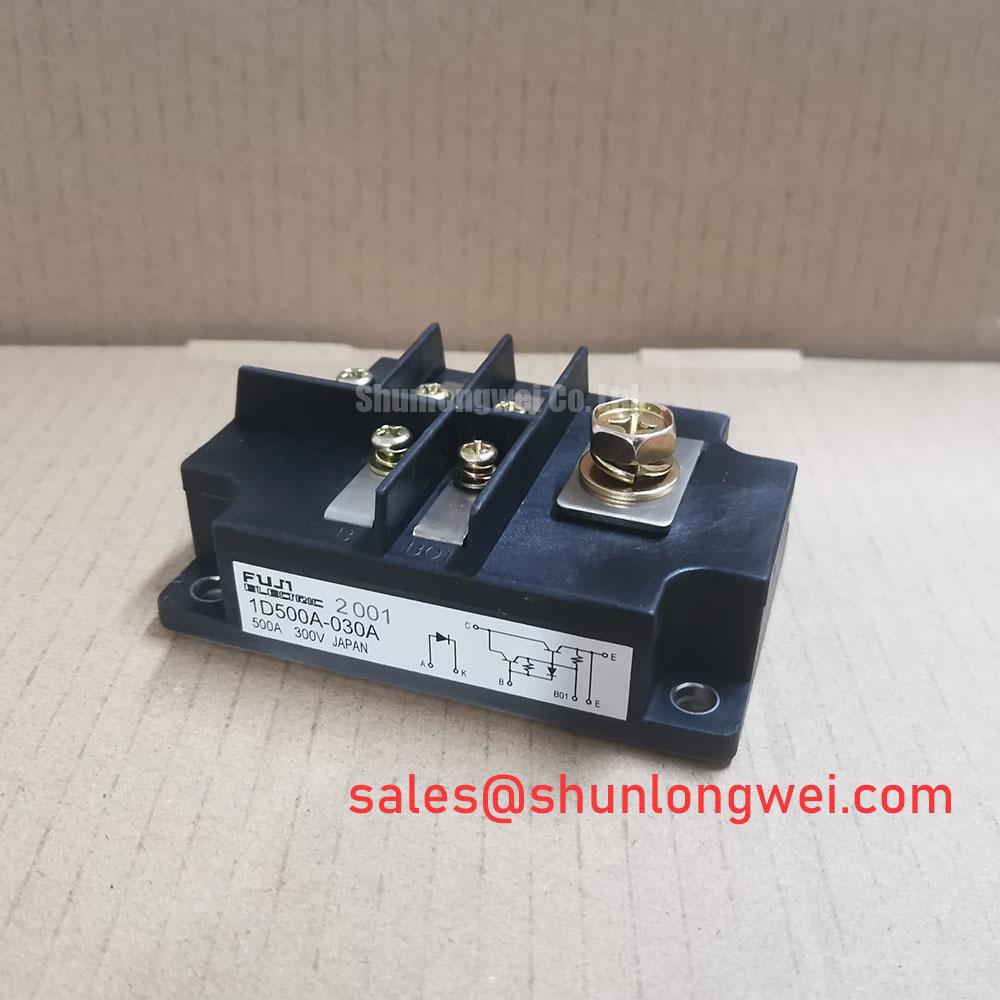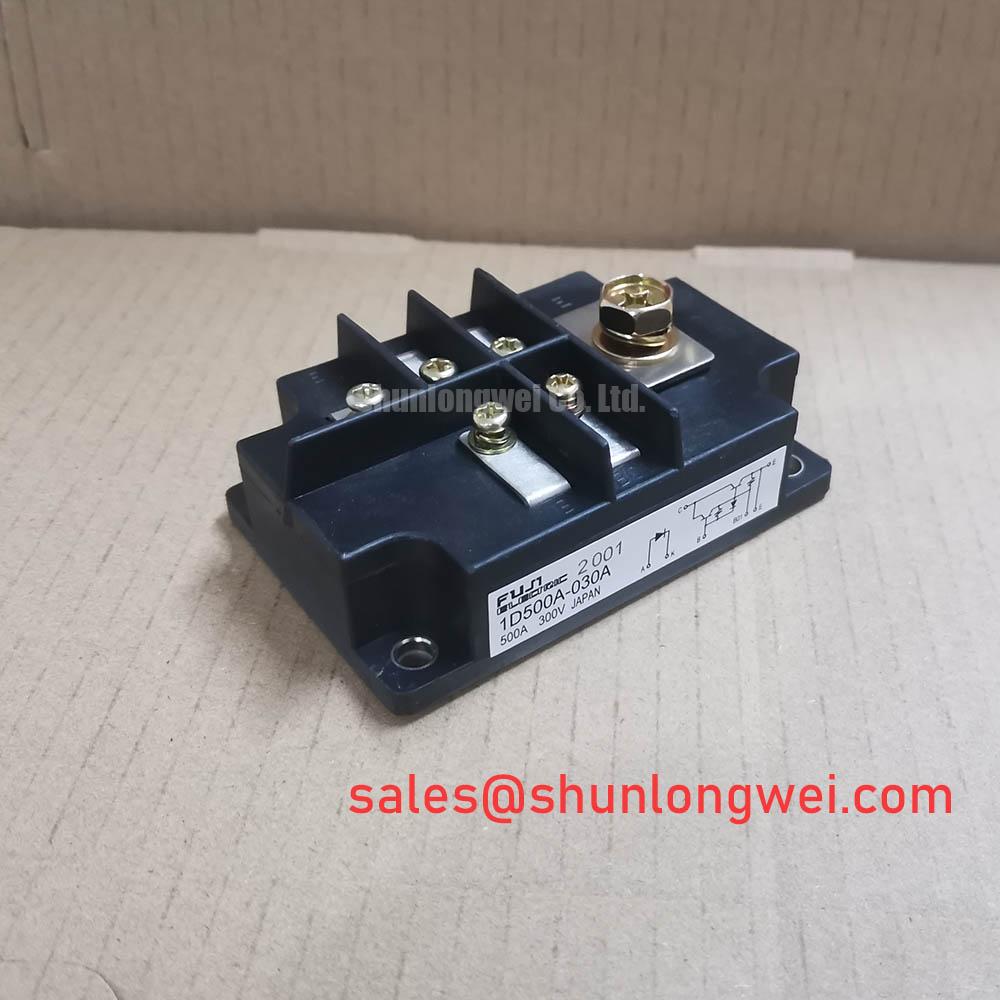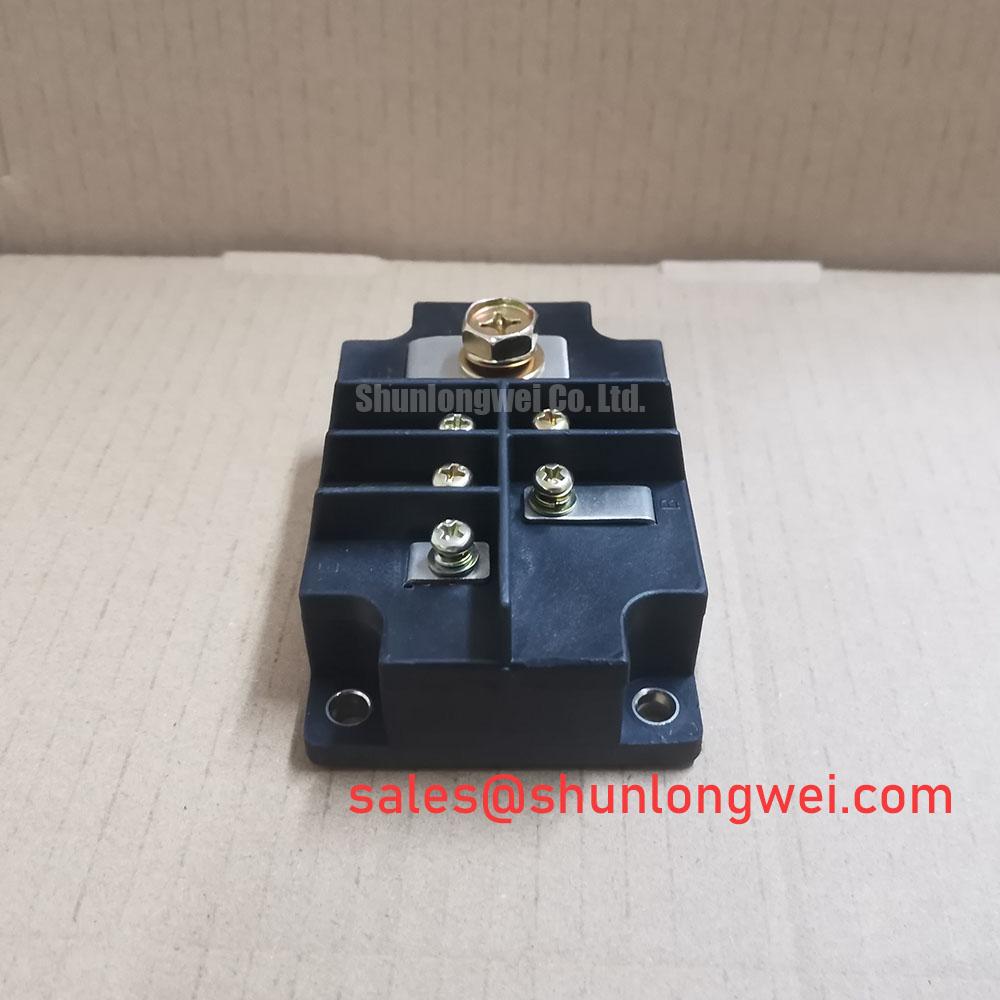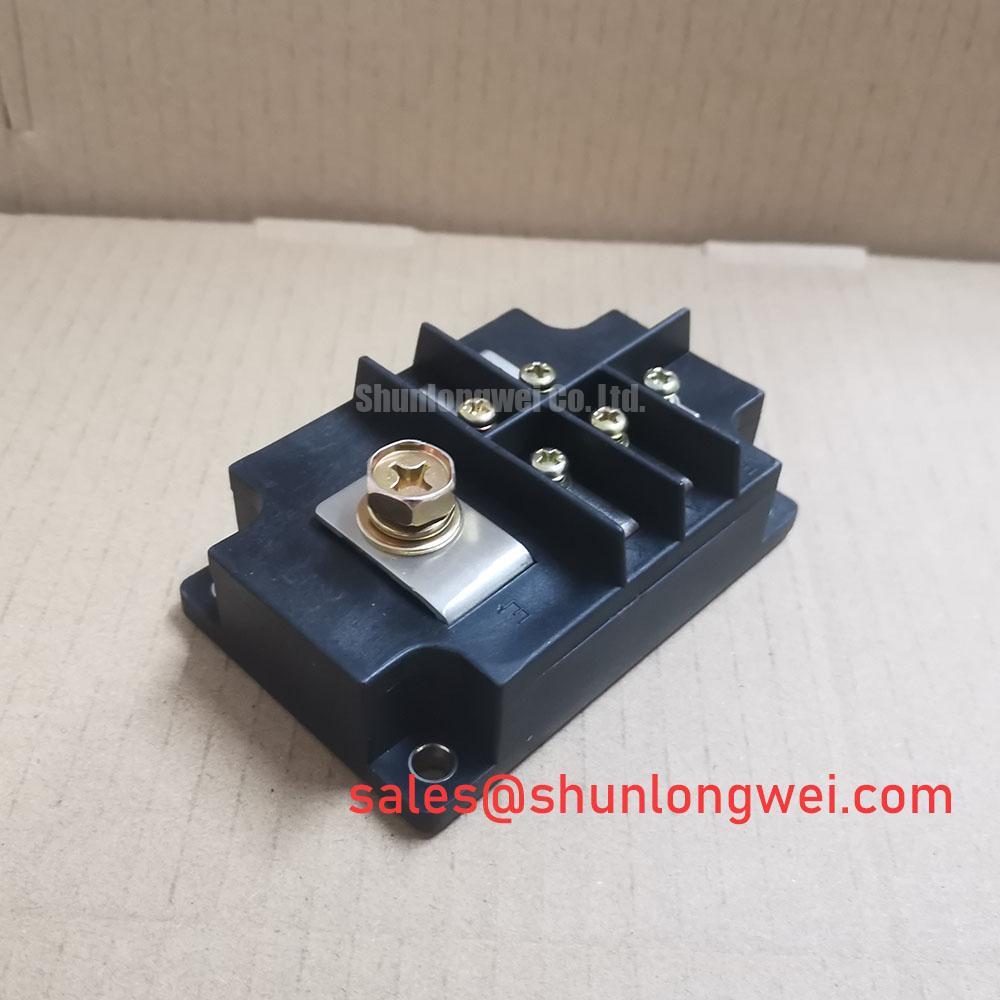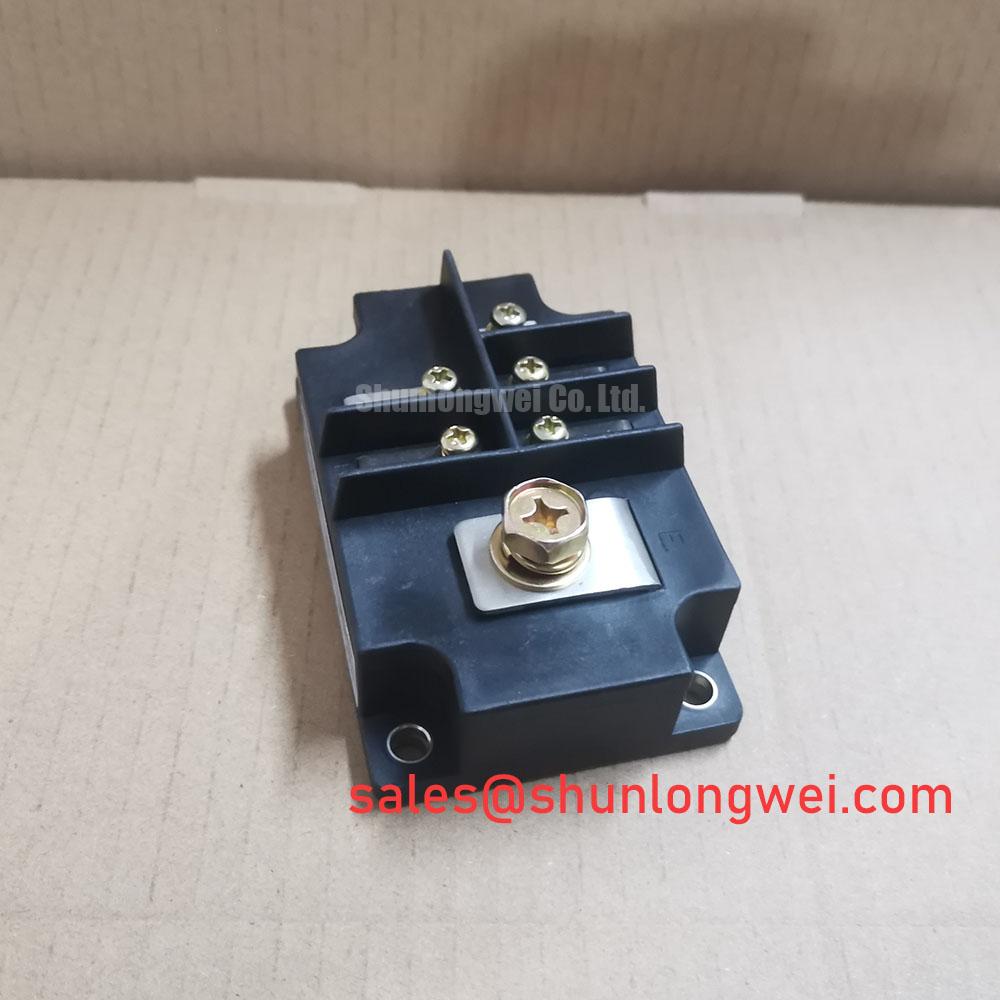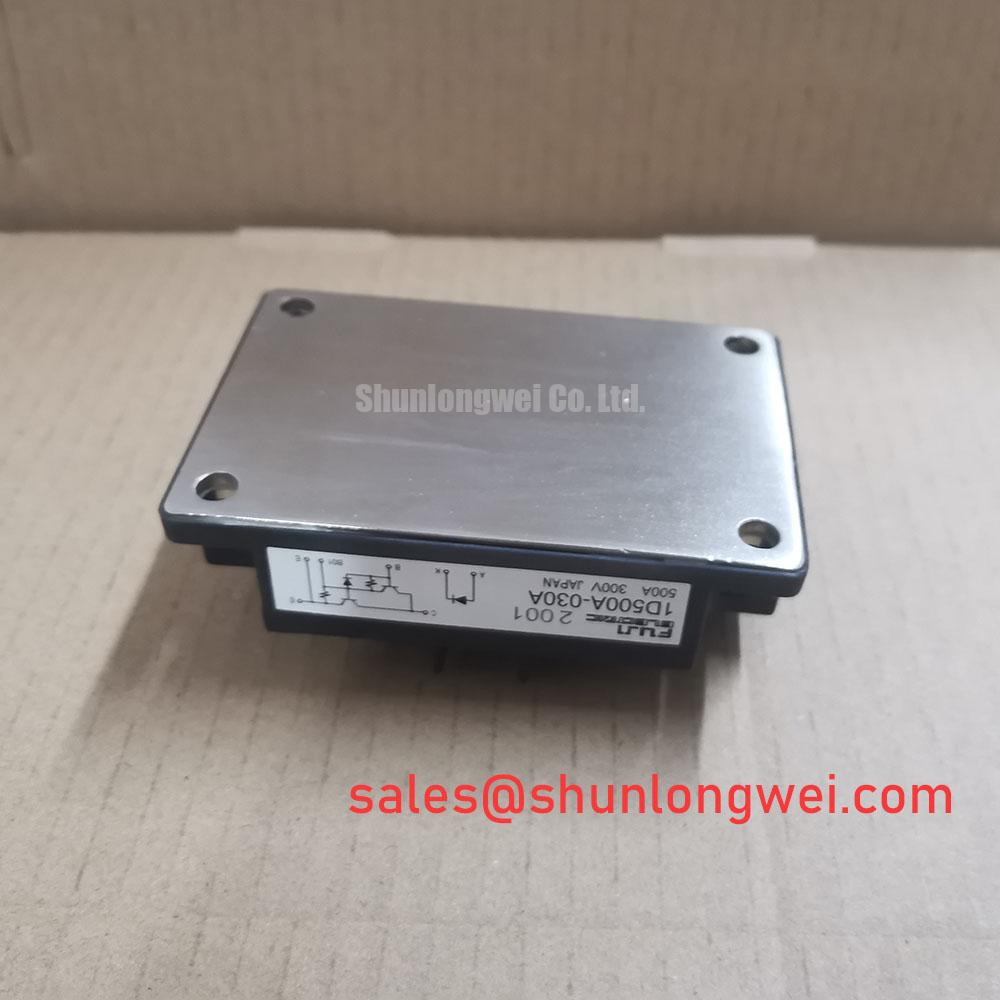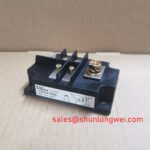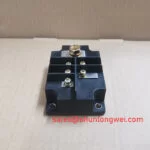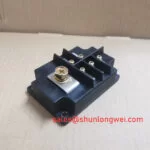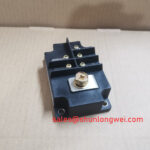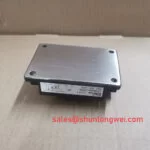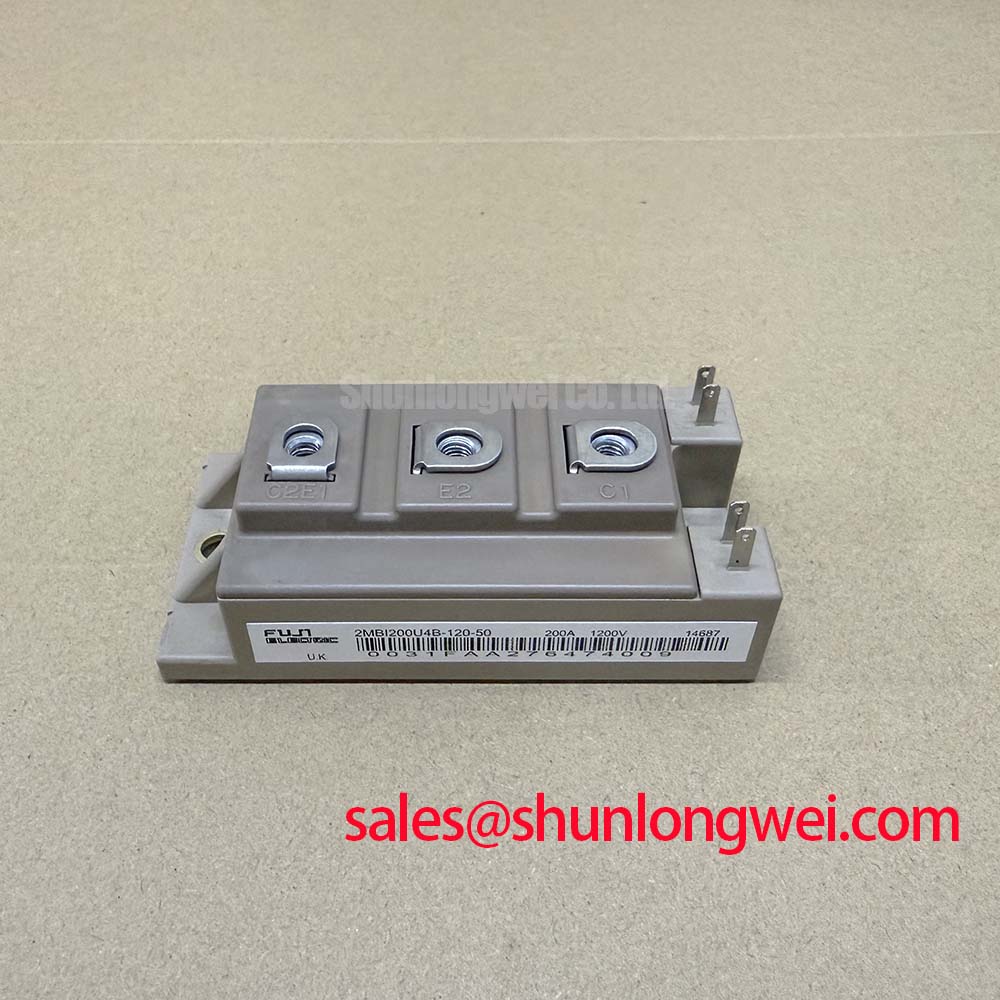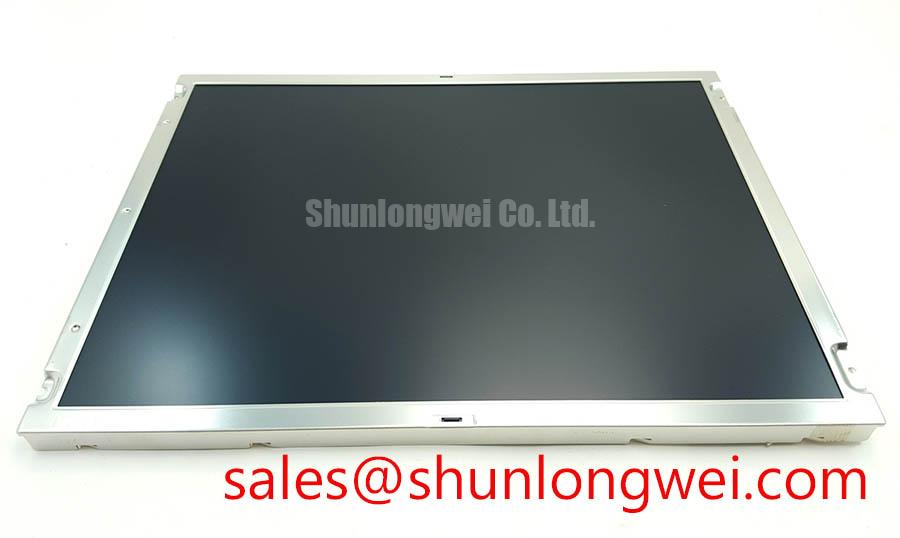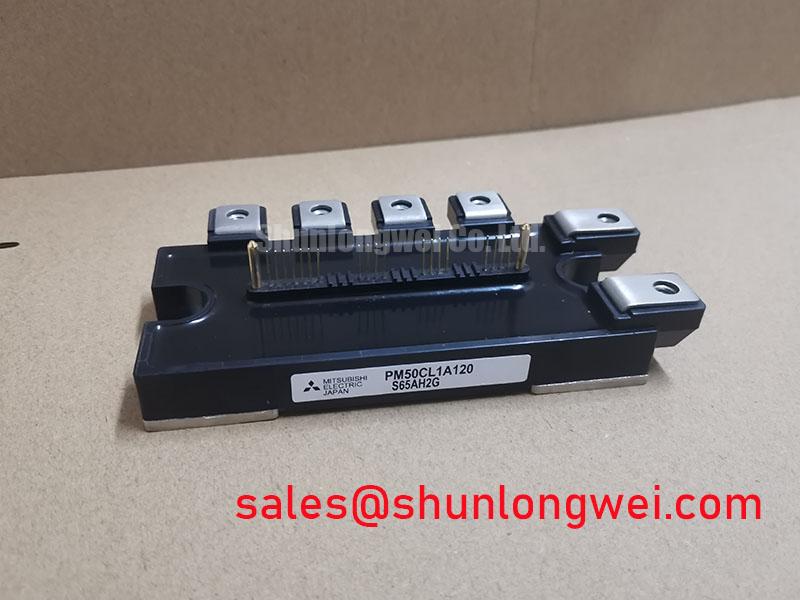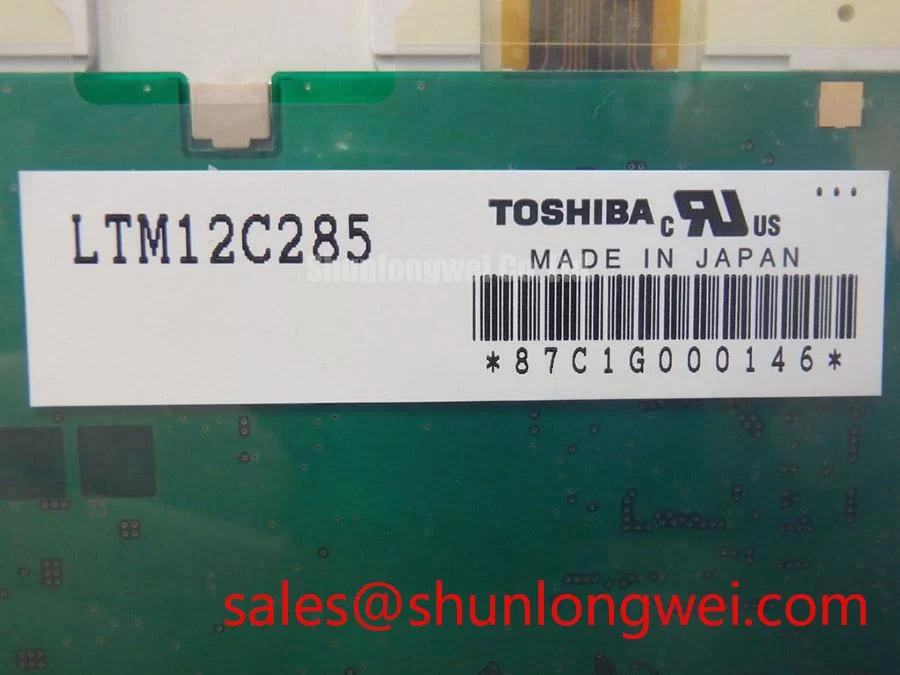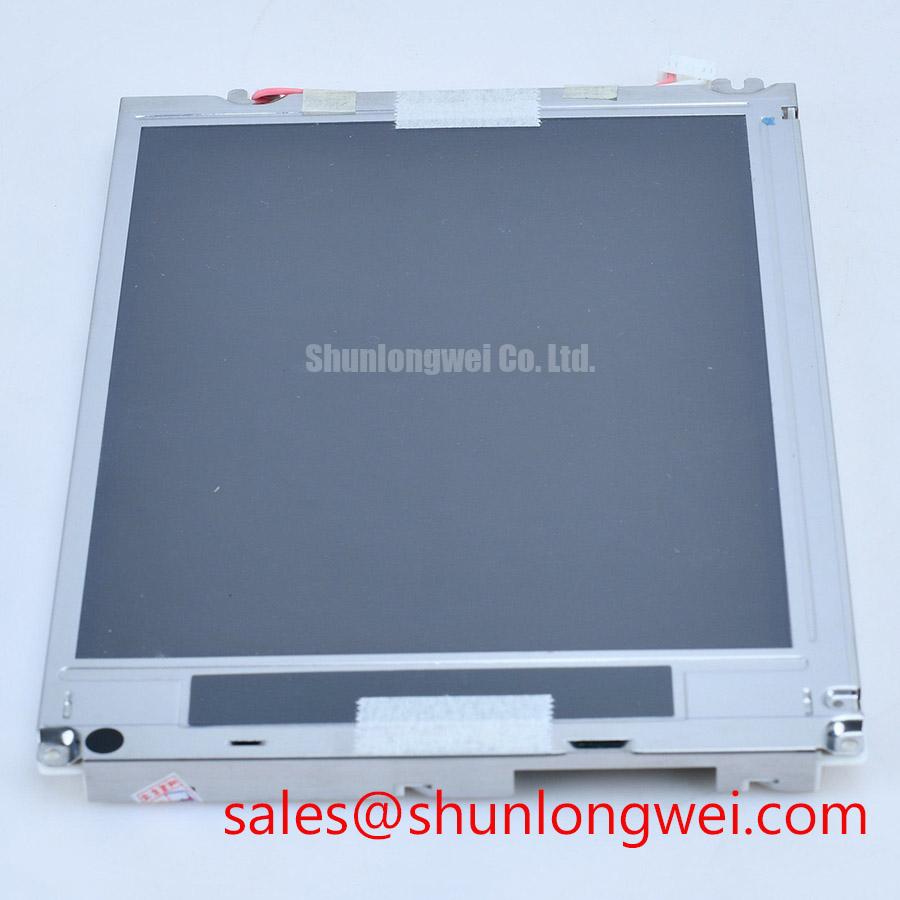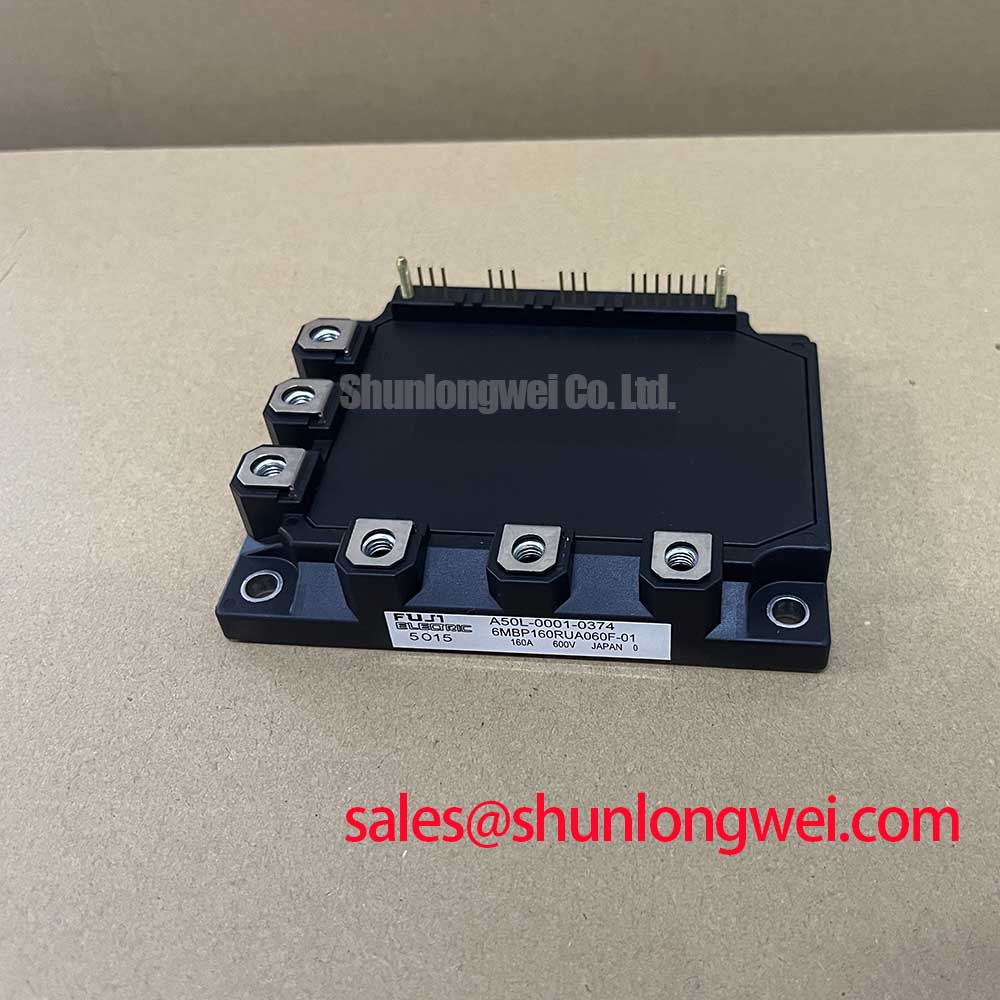Fuji Electric 1D500A-030A | High-Current Darlington Power Module for Robust Control
Key Technical Specifications
The Fuji Electric 1D500A-030A is engineered for high-power, low-frequency applications demanding exceptional current handling capability. Below are the critical parameters for design and integration.
| Parameter | Value |
|---|---|
| Collector-Base Voltage (VCBO) | 300V |
| Collector-Emitter Voltage (VCEO) | 300V |
| Collector Current (IC), DC | 500A |
| Collector Current (ICP), Pulse | 1000A |
| Total Power Dissipation (PC) | 2800W |
| DC Current Gain (hFE) | 75 (Min) @ IC = 500A |
| Collector-Emitter Saturation Voltage (VCE(sat)) | 2.0V (Max) @ IC = 500A |
| Operating Junction Temperature (Tj) | +150°C |
For complete operational curves and detailed thermal characteristics, you can download the official Fuji Electric 1D500A-030A datasheet.
Technical Deep Dive: The Darlington Advantage
While modern power electronics often default to IGBTs, the Fuji Electric 1D500A-030A leverages a Darlington Bipolar Junction Transistor (BJT) configuration to deliver specific, powerful advantages. Understanding these is key to its optimal application.
- High DC Current Gain (hFE): With a minimum hFE of 75 at a full 500A load, this module significantly simplifies drive circuitry compared to a single, large-die BJT. The Darlington pair acts as a current amplifier, requiring substantially less base current to achieve full saturation. This reduces the burden on the predriver stage, lowering component count and potential points of failure.
- Rugged Safe Operating Area (SOA): BJT-based modules like the 1D500A-030A are renowned for their robustness. Their inherent structure provides a wide, forgiving Safe Operating Area (SOA), making them exceptionally resilient to transient overcurrent and voltage spike conditions that can be destructive to other semiconductor types. This resilience is critical in electrically noisy industrial environments.
Application Scenarios & Engineering Value
The unique characteristics of the 1D500A-030A make it an ideal choice for specific high-power systems where raw current control and durability are prioritized over high-frequency performance.
- DC Motor Choppers & Drives: In heavy-duty DC motor control, especially for applications like forklifts, mining vehicles, or industrial traction, the module's 500A continuous current rating and robust SOA provide the reliability needed to handle high starting torque and regenerative braking currents.
- High-Power Linear Regulators: For specialized test equipment or industrial process control requiring a high-current, low-noise regulated DC output, this Darlington module can function as the main pass element, offering stable control under heavy loads.
- Industrial Welding Power Supplies: In certain types of resistance or arc welding equipment, the module's ability to handle massive pulse currents (up to 1000A) is paramount. The relatively higher conduction losses are an acceptable trade-off for its ruggedness and simple control in these low-duty-cycle, high-impact applications.
Selection Guidance: 1D500A-030A vs. a Modern IGBT
Choosing between this Darlington module and an equivalent IGBT requires a clear understanding of the design trade-offs. While both switch high power, their strengths lie in different areas. For a deeper component-level comparison, our guide on IGBT vs. MOSFET vs. BJT selection provides extensive context.
Choose the Fuji Electric 1D500A-030A when:
- Your switching frequency is low (typically below 5 kHz).
- Your primary concern is survivability in harsh electrical environments.
- You need to control massive DC or pulsed currents with a simpler, more robust drive scheme.
- The higher conduction loss, represented by the 2.0V VCE(sat), is acceptable and can be managed by your thermal design. Effective heat sinking is critical, making an understanding of thermal resistance (Rth) crucial.
Consider an IGBT module when:
- Your application requires higher switching frequencies to reduce the size of magnetic components.
- Overall system efficiency is the absolute top priority, and lower conduction and switching losses are mandatory.
- Your design incorporates a more sophisticated gate drive circuit capable of handling an IGBT's specific requirements.
Frequently Asked Questions
What are the key design considerations for the base drive circuit of the 1D500A-030A?
A successful base drive design must supply sufficient current to fully saturate the transistor, minimizing VCE(sat) and thus conduction losses. Given the hFE of 75 at 500A, the base requires a current of approximately 6.7A (500A / 75). Furthermore, a negative turn-off voltage is highly recommended to rapidly sweep charge carriers from the base region, ensuring a fast and clean turn-off and improving immunity to noise-induced turn-on.
Can this module be used in an AC inverter application?
Technically, yes, but it is not optimal. While it can be used in a half-bridge or full-bridge topology for low-frequency inverters, its slower switching speed and higher VCE(sat) compared to a modern IGBT will result in significantly lower efficiency and greater heat generation. It is best suited for DC switching applications. For high-efficiency inverter designs, we recommend exploring dedicated IGBT modules. If you have questions about selecting the right component for your specific power conversion project, please contact our technical team for expert guidance.

